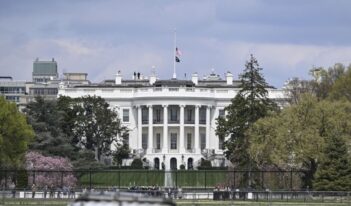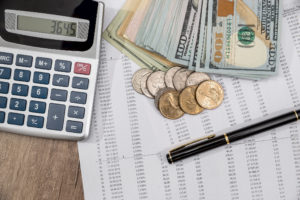Modernizing the “Value of a Statistical Life”
Regulators should adopt alternative approaches to valuing avoided mortality in regulatory analysis.
COVID VSLs and the Undervaluation of Pandemic Risk
Traditional VSLs undervalue COVID-19 risks, but they can serve as a starting point for policymakers.
Using VSLs in State and Local COVID-19 Policy
VSLs can serve as a foundational tool for policymakers at all levels of governance amid the COVID-19 pandemic.
COVID-19 and Uncertainties in the Value Per Statistical Life
Uncertainties in value per statistical life estimates impact the extent to which COVID-19 policies yield net benefits.
Rethinking Benefit-Cost Analysis for COVID-19
The normative foundations of the value of statistical life render it an insufficient tool to analyze pandemic-related policies.
Cost-Benefit Analysis Supports Continuing the National Shutdown
The lives saved by four more weeks of social distancing requirements outweigh the harms to the economy.
The Value of a Statistical Life is Not Efficient
Over-reliance on the VSL measure often leads to excessive consideration and regulation of risk.
Efficient Risk Regulations Do Not Increase Risks
As a practical matter, the VSL is successful in balancing the benefits and costs of regulation.
Putting the Horse Before the Cart in Cost-Benefit Analysis
Regulators must measure welfare using transparent methods before determining the policies themselves.
The Long-Term Value of the Value of a Statistical Life
The VSL is necessarily based on market preferences that accurately reflect society’s valuation of risks and benefits.
The Myopic Short-Termism of the Value of a Statistical Life
The primary drawback of the VSL is that it fails to account for future generations’ valuation of benefits and costs.
Failing to Think Properly About the Value of a Statistical Life
Using the VSL to measure benefits promotes the interests of individuals who are affected by regulation.












